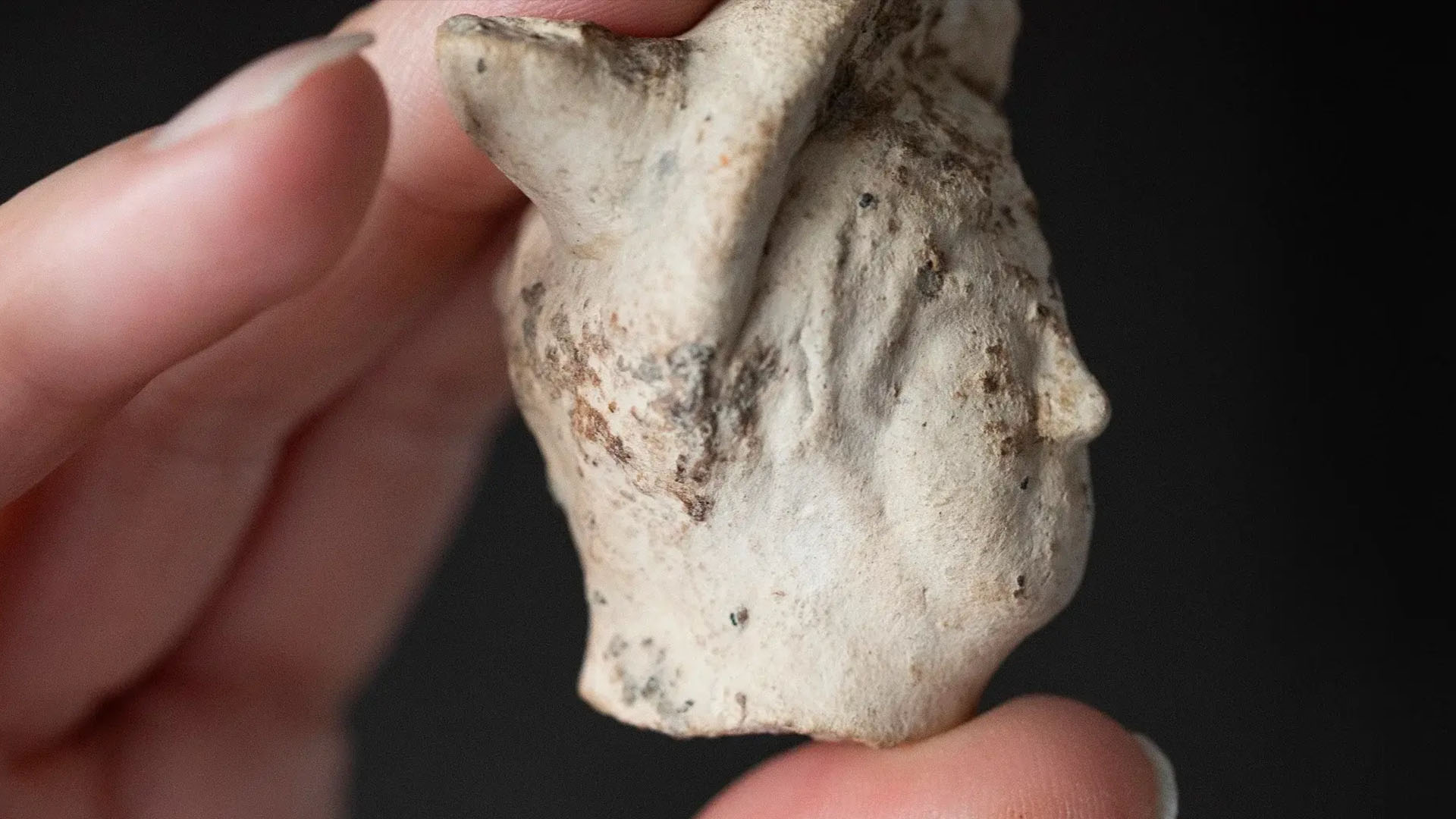'Incredibly rare' head of deity Mercury reveals previously unknown Roman settlement in UK
Archaeologists in England unearthed a 2,000-year-old clay head of a figurine depicting the Roman god Mercury.

A bodiless clay head of the Roman god Mercury, discovered in England, has revealed the whereabouts of a previously unknown Roman settlement.
Archaeologists found the head at Smallhythe Place, in Kent, a site that was known for shipbuilding in medieval times. So the team was surprised to find the roughly 2,000-year-old pipe-clay head of Mercury, the Roman god of fine arts, commerce and financial success.
The "incredibly rare" head, as well as other finds from an excavation, indicate that a Roman settlement stood there between the first and third centuries, according to a statement from the National Trust, a conservation charity.
Typically, Mercury figurines were crafted out of metal, making the pipe-clay — a fine, white clay used in later centuries to make tobacco pipes — discovery unexpected. At the time, most pipe-clay figurines were molded from clay that was local to central Gaul (modern-day France) and the Rhin-et-Mosell region, according to the statement. Today, archaeologists know of fewer than 10 pipe-clay figurines in Roman Britain, and most feature female deities, such as Venus, according to the statement.
During Britain's Roman period (A.D. 43 to 410), it was common for both ordinary and elite people to worship figurines depicting deities in their homes, as religion was a key part of daily life. This particular Mercury figurine, which shows Mercury wearing a hat, likely showed the god standing in one of two ways: either draped with a short cloak known as a chlamys, or naked and holding a caduceus, a staff with twisted snakes that nowadays symbolizes medicine.
The head of Mercury, as well as other finds from the site, will go on display Feb. 28 at Smallhythe Place.
Sign up for the Live Science daily newsletter now
Get the world’s most fascinating discoveries delivered straight to your inbox.

Laura is the archaeology and Life's Little Mysteries editor at Live Science. She also reports on general science, including paleontology. Her work has appeared in The New York Times, Scholastic, Popular Science and Spectrum, a site on autism research. She has won multiple awards from the Society of Professional Journalists and the Washington Newspaper Publishers Association for her reporting at a weekly newspaper near Seattle. Laura holds a bachelor's degree in English literature and psychology from Washington University in St. Louis and a master's degree in science writing from NYU.









